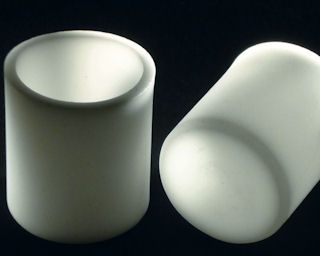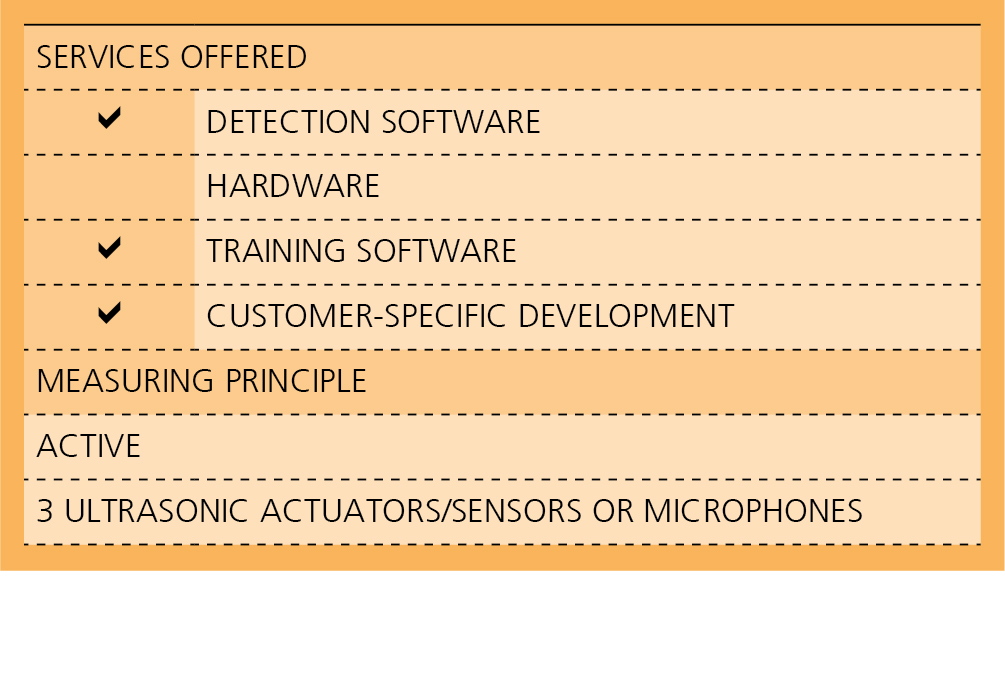Quality assessment
More than just “good“ or “bad“ – quality assessment of parts and products, especially during and directly after production, is a central element of quality assurance. In most cases, 100 % inspection is a prerequisite for the acceptance of the manufactured items.
The goal is to segregate all bad parts, but only a minimal number of defect-free or “still“ good parts, in an automated test. It sounds easy, but it is a challenging task due to the plethora of defect types that are possible. Alone in the inspection of gears, defects can include cracks of various sizes on outer gear surfaces or supports, cracked or detached teeth, blowholes, inclusions, and flaws. A capable test system must be able to detect all of these defects.
Quality also plays a major role in many aspects of daily life: in tissue products, for instance, for which softness is the key criterion for customer acceptance. However, softness perception is subjective. Fraunhofer IKTS has developed a system for the instrument-based determination of softness.





